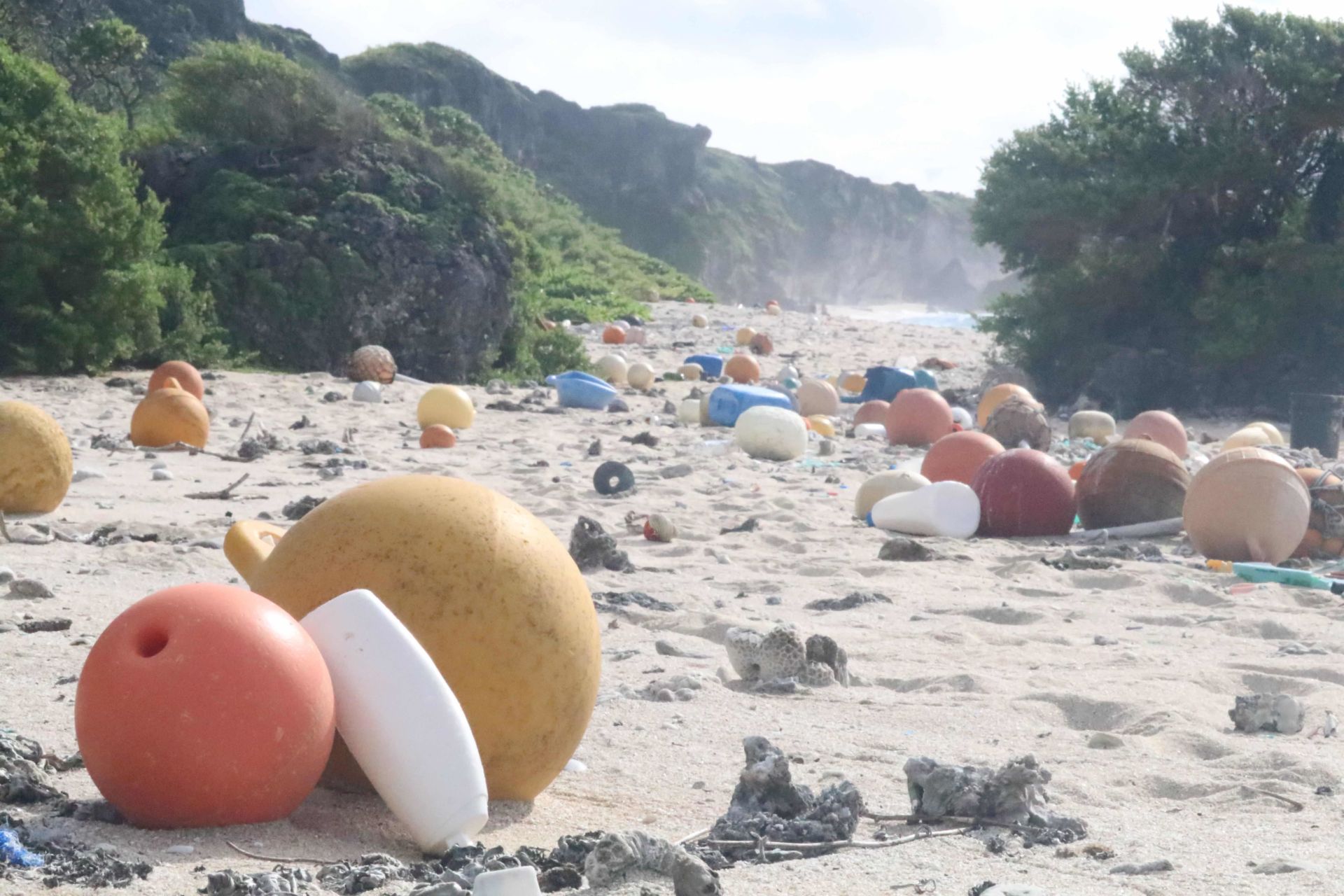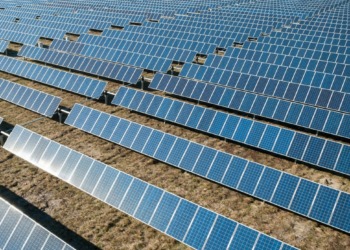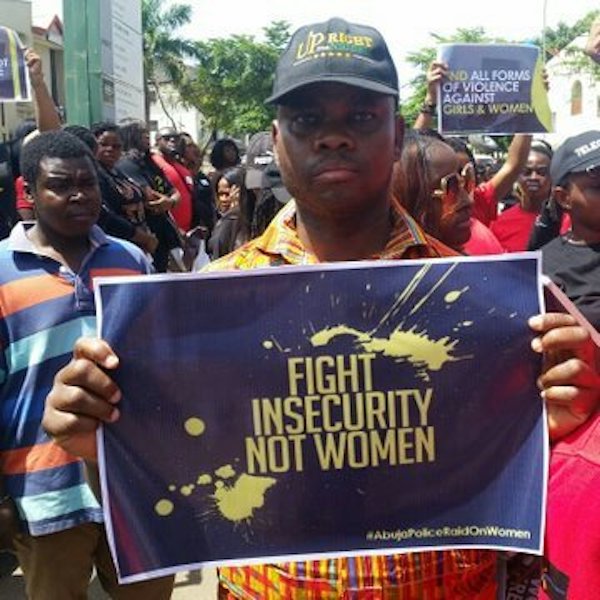Henderson Island is a sunny, uninhabited Pacific paradise surrounded by endless blue water stretching for thousands of miles in every direction. It is one of the few atolls in the world whose ecology is virtually untouched by human presence. The island and its beaches must be clean, clear, and beautiful – right?
Unfortunately, this is not the case. Henderson is covered by more plastic pollution than anywhere else in the world. Along its 1.5 mile stretch of isolated beaches, 18 tonnes of plastic from around the world has accumulated. Every day, 3,500 pieces of trash are swept into the South Pacific gyre, a circular ocean current, and deposited onto Henderson’s shore.
Related Topics: Plastics Problem – 30 Day Plastic Challenge – Ocean Cleanup – The Recycled Island Foundation
In June 2019, a team of 13 set out on a two-week scientific expedition to research, cleanup, and raise awareness about the waste-covered island. I had the opportunity to speak with Brett W. Howell, the leader of the 4-person cleanup unit, to learn more about his environmental work, experience on Henderson, and take on the UN Sustainable Development Goals.
Could you please share a bit about your personal background and work as an environmental entrepreneur?
Brett W. Howell: I am very fortunate to have been around nature all my life. Being from coastal California, I was always outside and developed a passion for coastal ecosystems and sustainability. This passion has driven me to become an environmental entrepreneur and tackle major problems such as plastic pollution.
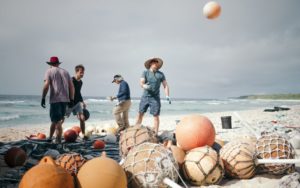
I work with various nonprofits, corporations, and startups to design, fund, and mobilize sustainability-related programs. My goal is to help organizations tackle environmental issues at their root-causes and help them pilot and scale efforts to overcome problems dealing with pollution and climate change.
My mission is to catalyze teams to achieve breakthrough solutions to the systemic issues we face on our planet.
Can you explain what the Henderson Island Plastic Pollution Expedition is and how you got involved?
BWH: The project came about through the connection of people with a shared desire to end plastic pollution. I heard about Henderson Island, an uninhabited island with the most plastic polluted beach on the planet, and I wanted to learn how this was possible.
When I was invited to lead the cleanup team, I jumped on the opportunity but knew that I had to face many challenges ahead. How was my team going to solve the world’s hardest plastic cleanup? From liquor bottles from Japan to lightbulbs and hardhats from Pennsylvania, tonnes of trash from around the world were scattered around the island, and my team had to clean it up.
As a venture philanthropist, how do I know if the expedition was a success? Yes, my team and I could clean up everything. However, the trash will reaccumulate if nothing changes. What we had to do was record and document the difficulty of our cleanup so that others become aware of the damage we are doing to the environment. We need to teach others about the importance of a circular economy. If we produce something, it has to go back into the economy rather than being turned into waste.
Because of the need to document the difficulty of the expedition, including our cleanup efforts, a broad-based media team joined us: international artist Mandy Barker, a 2-man scuba team, and a journalist and photographer from Stuff. With imagery of the beach and underwater world, they visually show plastic pollution in a way that connects with people on a global scale.
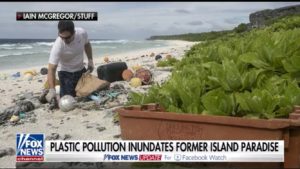
After days of trekking through jungles, going up and down vertical slopes, and navigating sharp rocks and polluted beaches, our team accomplished our seemingly impossible cleanup mission. It was proof that a resilient, high-performing team working towards a common goal can accomplish anything.
What were your high and low moments during the expedition?
BWH: My personal high moment was the day we finally finished cleaning the beach. It came down to the last minute of the last day, and we were not sure if we were going to finish the mission. We lost lots of time due to the dense jungles we had to navigate and a piece of fishing rope that flipped our RIB (rigid-hulled inflatable boat). Finally accomplishing our goal was truly a remarkable moment.
My low was definitely during day one when the RIB flipped. The RIB was the boat that brought people from our ship base to the beach. A piece of fishing rope got caught in the propeller, and a wave flipped the boat like it was a toy. It was a very dangerous and emotional situation for the entire team, and it shot a sense of uncertainty in all of us. Thankfully, the scuba team of 2 retired Royal Marines flipped and recovered the boat. 5 people had to spend the night on Henderson unexpectedly, and we became unsure of if we could accomplish the mission.

What was the end goal or purpose of the project looking back on it?
BWH: We wanted to tell the story of Henderson Island and get people to realize that the choices they make every day have a tremendous impact on the environment. Despite our best cleanup efforts, trash will be back on the island unless humanity can reduce waste and pollution. The Henderson Island Expedition will raise awareness about the environmental issues we all face and, hopefully, drive change.
Editor’s Picks:
 “Rising sea levels are claiming their first victims: islands”
“Rising sea levels are claiming their first victims: islands”
 “CuanTec – the biotech company fighting for the environment”
“CuanTec – the biotech company fighting for the environment”
What are your personal thoughts on the UN Sustainable Development Goals, and how can the Henderson Island Plastic Pollution Expedition positively contribute to them?
BWH: I absolutely love the UN SDGs. They are a great framework for understanding the problems and challenges faced by the planet and humanity. I personally focus on life on land (Goal 15), life below water (Goal 14), and sustainable consumption and production (Goal 12).
The Henderson Island Expedition ties into a majority of the SDGs. For example, life on land was benefited from the beach cleanup. Birds and other animals were finally given a break from all the accumulated waste. However, the waste will be back to torment life on land and below water. The expedition brings attention to the need to accomplish the SDGs, but the goals will only be accomplished when humans accept responsibility for their actions and amend their unsustainable production and consumption habits.
We need to be better.
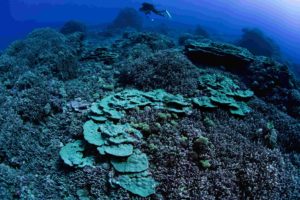
Over the next 5-10 years, what are some changes you want to see in the US and around the world to reduce pollution and be more environmentally-friendly?
BWH: Great question. Also a tough question.
People and businesses must become more aware of the SDGs and the need for a circular economy. For example, Ellen MacArthur Foundation has put together a vision for a “New Plastics Economy,” including the “New Plastics Economy Global Commitment,” that creates a circular economy for plastic in which it never becomes waste. The Commitment unites businesses, governments, and other organizations behind a common vision and targets to address plastic waste and pollution at its source. Having more corporations and individuals executing these necessary goals is a start. Corporations should also be given timelines and quotas to track progress.
Obviously, the elephant room is climate change. Given our current environment, we must figure out what we, as individuals, can do in the household and community to help. Each one of us should look at the SDGs and make one small change in our lifestyle. This one change will snowball into a multitude of positive changes that could address our current environmental challenges.


